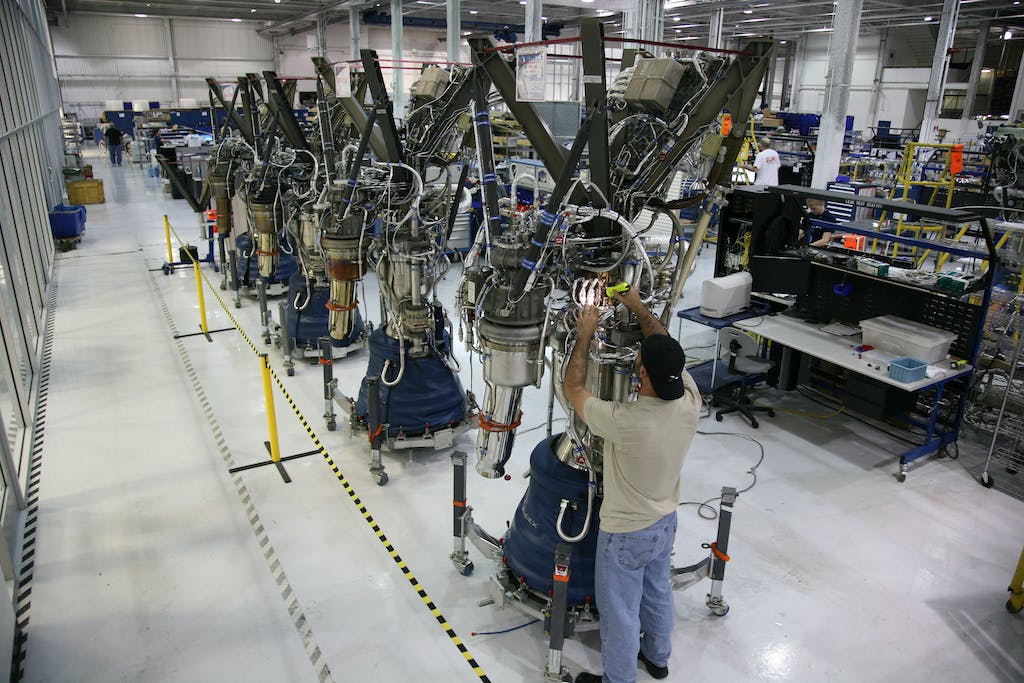As the manufacturing industry continues to embrace the digital revolution, it is increasingly becoming a target for cybercriminals. The integration of advanced technologies such as the Internet of Things (IoT), artificial intelligence (AI), and machine learning into manufacturing processes, often referred to as smart manufacturing, has brought about numerous cybersecurity challenges. This article explores these challenges and how solutions like FAT FINGER, a digital workflow procedure builder, can help mitigate them.
The Rise of Smart Manufacturing
Smart manufacturing leverages advanced technologies to create a more connected, responsive, and efficient manufacturing environment. It enables real-time monitoring and control of operations, predictive maintenance, and improved decision-making. However, the increased connectivity and reliance on digital technologies also expose manufacturers to a host of cybersecurity threats.
Cybersecurity Challenges in Smart Manufacturing
Increased Attack Surface
Smart manufacturing involves the use of numerous interconnected devices and systems. Each of these devices and their communication links can potentially be exploited by cybercriminals, significantly increasing the attack surface.
Complex Supply Chains
Manufacturers often have complex supply chains involving multiple partners. Cybersecurity vulnerabilities in any of these partners can compromise the entire network, making it difficult to ensure end-to-end security.

Lack of Cybersecurity Awareness and Training
Many manufacturing firms lack adequate cybersecurity awareness and training among their employees. This makes them more susceptible to social engineering attacks such as phishing.
Legacy Systems
Many manufacturers still use outdated systems that were not designed with cybersecurity in mind. These legacy systems can be difficult to secure and upgrade, making them prime targets for cyberattacks.
Case Study: The Impact of Cyberattacks on Manufacturing
A notable example of the impact of cyberattacks on manufacturing is the 2017 WannaCry ransomware attack. The attack affected numerous organizations worldwide, including major manufacturers. Production lines were halted, causing significant financial losses and disruption to supply chains.
How FAT FINGER Can Help

FAT FINGER is a digital workflow procedure builder that empowers front-line teams to do their work correctly every time. It allows you to build checklists, workflows, and digital procedures that unlock operational excellence. FAT FINGER’s features include a drag & drop workflow builder, mobile & desktop workflows, dashboards, integrations, augmented reality, and the ability to connect IoT devices.
By digitizing and standardizing procedures, FAT FINGER helps reduce the risk of human error, one of the leading causes of cybersecurity incidents. Furthermore, its ability to integrate with other systems allows for centralized control and monitoring, reducing the attack surface.
Moreover, FAT FINGER’s AI coaching feature can be used to train employees on cybersecurity best practices, helping to raise awareness and improve the organization’s overall cybersecurity posture.
Conclusion
While smart manufacturing offers numerous benefits, it also presents significant cybersecurity challenges. Manufacturers must be proactive in addressing these challenges to protect their operations, assets, and reputation. Solutions like FAT FINGER can play a crucial role in this endeavor by helping to reduce the risk of human error, improve visibility and control, and enhance cybersecurity awareness and training.
Are you ready to take your manufacturing operations to the next level while ensuring robust cybersecurity? Sign up for FAT FINGER or request a demo today.


